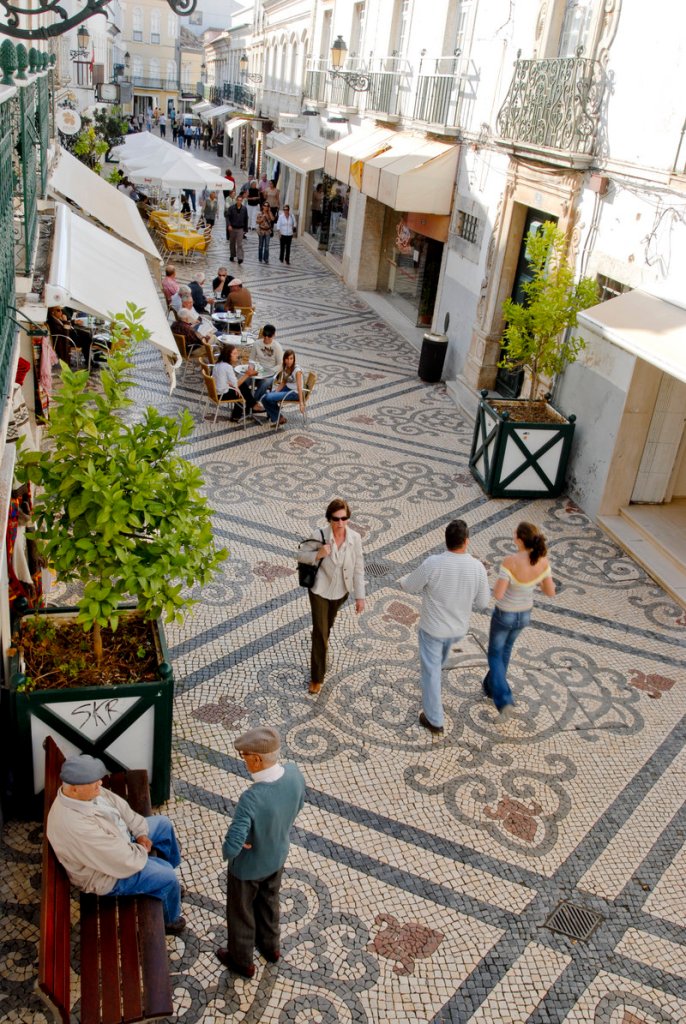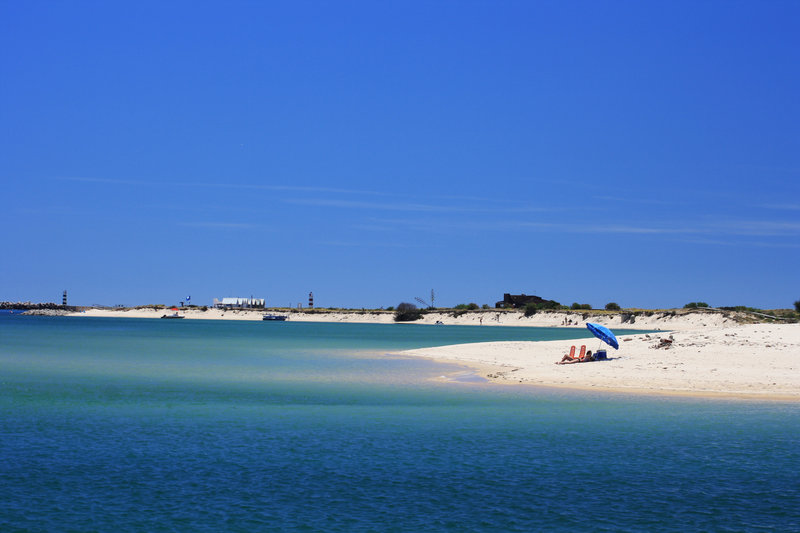FARO, Portugal – Nestled on the southern coast of Portugal, Faro is the heart of the country’s Algarve region, where cerulean waters and mouthwatering cuisine rival those of the French Riviera or Italy’s Amalfi coast.
But unlike some beach towns that are all sun and no soul, Faro is more than postcard-perfect views. There are charming walkways, a walled historic town and pristine islands. Here are some tips for experiencing what the city has to offer.
Enter Faro’s walled old town through the neoclassical arch of the Arco da Vila and traipse through cobblestoned streets, towering stone facades and more arches, some of which date to 13th-century Moorish rule.
From the Largo da Se, a square lined with orange trees and surrounded by an 18th-century Bishop’s Palace, there’s easy access to a 19th-century Town Hall and a cathedral. Ascend the tower for great views of the town, the Ria Formosa lagoons and the trail of shrubs and flowers that crown the top edges of these historic walls.
Seek inspiration for your own walls at the Faro Municipal Museum, Trem Gallery and other artistic haunts sprinkled throughout the old town, or at a number of shops, where iconic Portuguese tiles, with intricate blue designs painted onto porcelain white backgrounds, start at 5 euros apiece.
Outside the old city, a network of walkways without a car in sight provides a pleasant stroll through the boutiques and restaurants. Sample local fare at the always bustling Pasterlaria Bijou, 33 Rua Santo Antonio, a popular cafe that offers regional delicacies like Florentinas, caramelized almond layers and marzipan in twee shapes filled with sweet egg yolk.
Walkways in and around this area are practically works of art, with black and white stones arranged in intricate patterns that form borders, shapes (such as fish and sea horses), building names and important dates in the city’s history.
Not to be missed but also not for the faint of the heart, the walls of the Capela do Ossos (Chapel of Bones) inside the Carmo Church are lined with skulls and human remains (1 euro; open weekdays).
For modern versions of grit, scope out the impressively detailed graffiti murals, which range from political to flat-out funny, on walls around town. Not even trains are spared from the spray painters’ marks, turning rail cars into a rainbow-hued blur as they chug along the tracks hugging the coastline.
In summer, locals gather by the marina to watch free performances of traditional song and dance by beautifully costumed folk groups.
About four miles from the city center lies Praia de Faro, an easy bus ride (1.70 euros) away and the only beach in town accessible by road. The beach is a spit of sand on the Ilha de Faro (Faro Island), with one side facing outward into the ocean and the other inland toward the lagoon.
But the most breathtaking scenery can be found on Ilha Deserta, an island that is well worth the half-hour boat ride. Round-trip ferry service is 10 euros, while longer guided tours of the island and surrounding lagoon go for 25 euros. The impressive variety of plants and birds, along with the lighthouses looming over the craggy coast, make for a serene and visually interesting nature walk. On a weekday, there might only be a handful of people on the white sand beach.
Fishermen’s huts are clustered on one end of the island, but the only real building belongs to Estamine, a solar-powered restaurant whose floor-to-ceiling windows offer panoramic views. The somewhat pricey menu specializes in seafood, most of which was likely caught that day. To bask in the ambience without shelling out the cost of an entire meal, opt for a regional dessert like warm figs a la mode (6.50 euros), coffee (1 to 3 euros) or a few sips of vinho verde, which translates to “green wine.” (Green is a reference to the wine’s age — it is not aged long — rather than its color, though it’s often a dry white.)
Intrepid travelers who bring tents can camp on the beach and share the island with the only other overnight residents, fishermen on the lookout for the next day’s catch.
Copy the Story Link
Send questions/comments to the editors.




Success. Please wait for the page to reload. If the page does not reload within 5 seconds, please refresh the page.
Enter your email and password to access comments.
Hi, to comment on stories you must . This profile is in addition to your subscription and website login.
Already have a commenting profile? .
Invalid username/password.
Please check your email to confirm and complete your registration.
Only subscribers are eligible to post comments. Please subscribe or login first for digital access. Here’s why.
Use the form below to reset your password. When you've submitted your account email, we will send an email with a reset code.